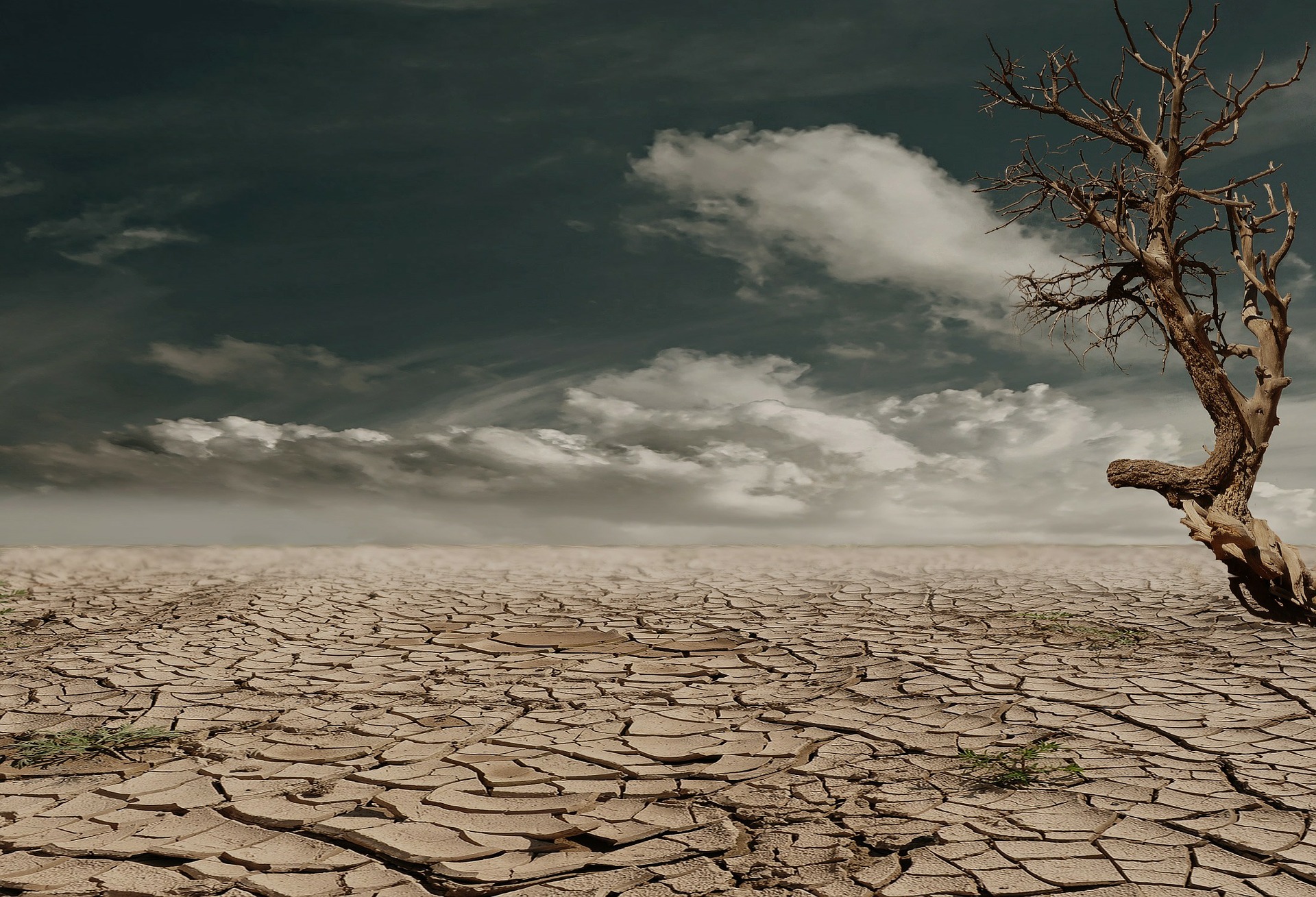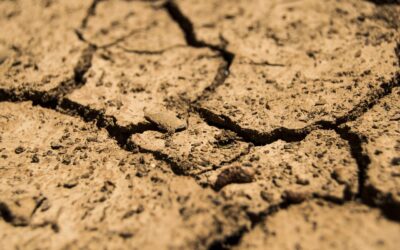As the effects of climate change worsen, water availability and crop productivity across the globe plummet. Therefore, a complex understanding of the effect of climate change on crop water consumption and irrigation requirements is crucial to better manage water resources.
“Three point two billion people live in agricultural areas with high to very high water shortages or scarcity, of whom 1.2 billion people – roughly one-sixth of the world’s population – live in severely water-constrained agricultural areas,” according to FAO.
A new study in the American Geophysical Union (AGU) journal Earth’s Future worked to provide information to make agricultural adaptions for future climate change possible.
The study examined current and future demands for global agriculture to determine whether present water levels from rainwater and irrigation will be sufficient to accommodate water needs. To evaluate this, researchers created a new index that measures and predicts water scarcity in green water (soil water from rain) and blue water (irrigation from rivers, groundwater and lakes).
This marks the first study to utilize a comprehensive index worldwide and anticipate global blue and green water scarcity derived from climate change, stated a press release from AGU.
“As the largest user of both blue and green water resources, agricultural production is faced with unprecedented challenges,” explained Xingcai Liu, lead author of the study and associate professor at the Institute of Geographic Sciences and Natural Resources Research of the Chinese Academy of Sciences. “This index enables an assessment of agricultural water scarcity in both rainfed and irrigated croplands in a consistent manner.”
Why is a Worldwide Index Key?
Water use has increased more than twice the rate of population growth over the past 100 years, making a worldwide index that looks at both blue and green water a critical advancement.
Many studies focus on blue water, but green water is equally important, as the amount available for crops will likely change due to shifting temperatures and rainfall patterns from climate change. This shift is predicted to impact nearly 16 per cent of global croplands, stated the release.
The study found that as a result of climate change, “global agricultural water scarcity will worsen in up to 84 per cent of croplands, with a loss of water supplies driving scarcity in about 60 per cent of those croplands.”
The new index adds to the understanding of water scarcity for future agriculture water management and could help countries evaluate the threat and causes of the decrease in water.
Read More About the Agricultural Effects of Climate Change and Potential Solutions:
Production Challenges Abound in 2022 for Alberta’s Farmers
Alberta Irrigation System Annual Contribution to Provincial GDP Rises





